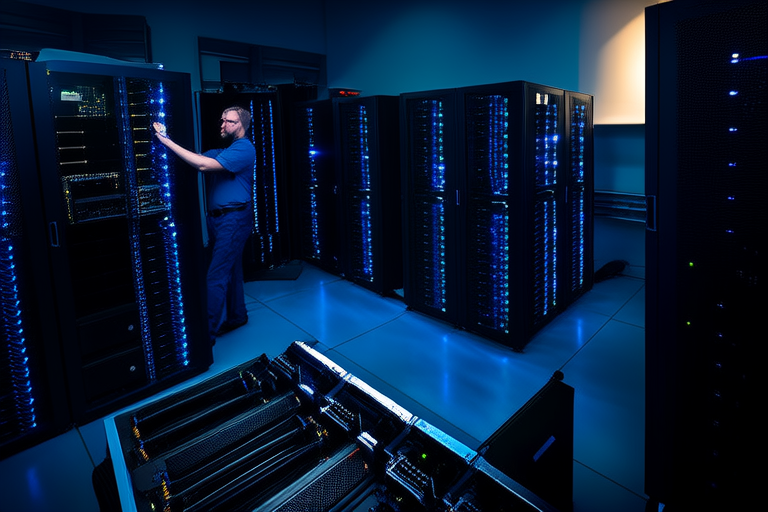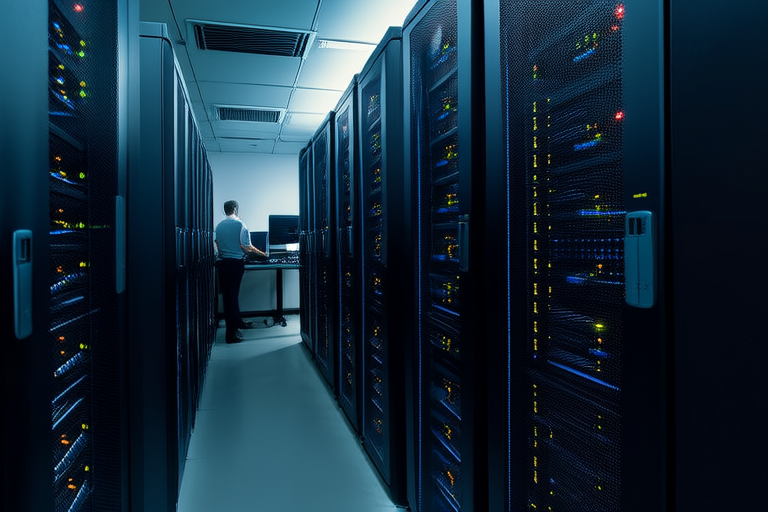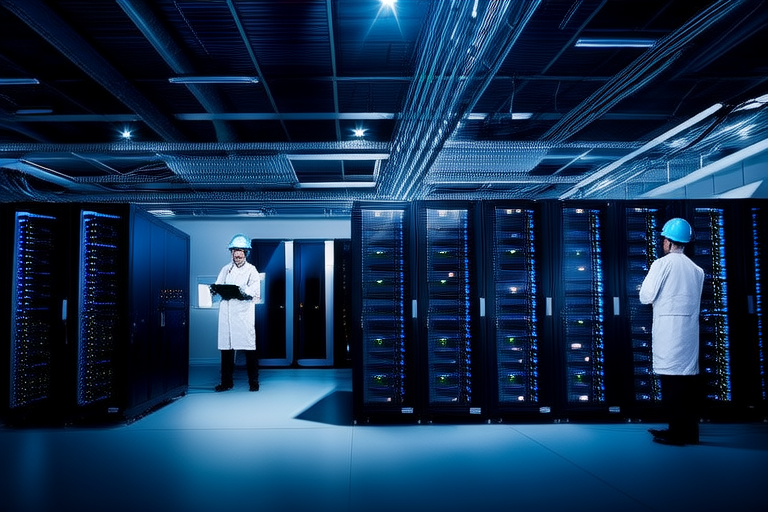“`html
Harnessing the Power of Cloud and Edge Computing for Enhanced Scalability
Introduction
Cloud computing and edge computing are two powerful technologies that have revolutionized the way businesses operate and scale their operations. Cloud computing refers to the delivery of computing services—such as servers, storage, databases, networking, software, and analytics—over the internet (“the cloud”). Edge computing, on the other hand, involves processing data closer to where it is generated, at the “edge” of the network, rather than sending all data to a centralized cloud server.
Scalability is crucial in modern technological systems, allowing businesses to grow and adapt to changing demands without compromising performance. By combining cloud and edge computing, organizations can achieve optimal scalability, ensuring that they can handle increasing workloads efficiently while maintaining low latency and high performance.
This article explores the benefits of cloud and edge computing individually, how they complement each other, and the transformative potential of a hybrid approach for enhanced scalability.
Section 1: Understanding Cloud Computing
Defining Cloud Computing
Cloud computing encompasses several service models, including Infrastructure as a Service (IaaS), Platform as a Service (PaaS), and Software as a Service (SaaS). IaaS provides virtualized computing resources over the internet, PaaS offers a platform for developers to build and deploy applications, and SaaS delivers software applications over the internet.
Benefits of Cloud Computing
The primary benefits of cloud computing include scalability, cost-efficiency, and flexibility. Organizations can easily scale their resources up or down based on demand, reducing the need for expensive hardware investments. Additionally, cloud services offer a flexible environment where businesses can quickly adapt to changing requirements.
Examples of Successful Cloud Computing Applications
Industries such as e-commerce, healthcare, and financial services have successfully leveraged cloud computing for scalability. For example, online retailers can dynamically adjust their infrastructure during peak shopping seasons to ensure smooth transactions and fast load times.
Section 2: Understanding Edge Computing
Defining Edge Computing
Edge computing processes data closer to the source, reducing the amount of data that needs to be transmitted to a central cloud server. This approach minimizes latency and improves response times, making it ideal for applications that require real-time processing.
Advantages of Edge Computing
Edge computing offers several advantages, including reduced latency, increased data processing speed, and improved reliability. By processing data locally, edge computing ensures that critical decisions can be made quickly, even in remote locations with limited connectivity.
Real-World Examples of Edge Computing
Edge computing finds application in various sectors, including Internet of Things (IoT), autonomous vehicles, and smart cities. In IoT, edge devices process sensor data locally to make real-time decisions, reducing the need for constant communication with a central server. Autonomous vehicles rely on edge computing to process vast amounts of data from cameras, radar, and lidar sensors in real time, enabling safe navigation.
Section 3: Combining Cloud and Edge Computing
Complementary Nature of Cloud and Edge Computing
Cloud and edge computing complement each other, offering a synergistic relationship that enhances overall system performance. While cloud computing provides the necessary infrastructure for data storage and processing, edge computing ensures that data is processed locally, reducing latency and improving response times.
Architecture of a Hybrid System
A hybrid system that integrates both cloud and edge technologies typically includes edge devices that process data locally and send only relevant information to the cloud. The cloud then performs more complex analysis and decision-making tasks, providing insights that can be used to optimize edge device operations.
Synergies Between Cloud and Edge Computing
The combination of cloud and edge computing leads to enhanced scalability, better performance, and lower operational costs. By processing data locally, edge devices reduce the load on the cloud, allowing it to focus on higher-level tasks. This division of labor ensures that both cloud and edge resources are used efficiently, resulting in faster time-to-market for new services or products.
Section 4: Benefits of Hybrid Cloud and Edge Computing
Improved Data Management
A hybrid approach allows for better data management by processing and storing data closer to where it is generated. This reduces the amount of data that needs to be transmitted to the cloud, minimizing bandwidth usage and improving data integrity.
Enhanced Security
Data processed at the edge is less vulnerable to breaches, as sensitive information is not constantly transmitted over networks. Additionally, edge devices can implement local security measures, adding an extra layer of protection.
Increased Resilience
Hybrid systems are more resilient to disruptions, as edge devices can continue operating independently even if the cloud becomes unavailable. This redundancy ensures continuous service delivery and reduces downtime.
Case Studies
Several companies have achieved significant improvements by integrating cloud and edge solutions. For instance, a logistics company implemented edge computing to track and manage delivery vehicles in real time, reducing fuel consumption and improving route efficiency. Another example is a manufacturing plant that used edge computing to monitor machinery health, predicting and preventing failures before they occurred.
Section 5: Challenges and Considerations
Potential Challenges
Implementing a hybrid cloud and edge computing strategy comes with its challenges, including data privacy, security, and interoperability. Organizations must ensure that sensitive data is protected and that edge devices are secure against unauthorized access.
Strategies for Overcoming Challenges
To overcome these challenges, companies should prioritize data encryption, secure communication protocols, and robust authentication mechanisms. Additionally, investing in interoperable technologies and standards can facilitate seamless integration between edge devices and cloud services.
Conclusion
This article has explored the benefits of cloud and edge computing individually and how they complement each other to enhance scalability. By leveraging both cloud and edge computing, organizations can achieve improved data management, enhanced security, and increased resilience. The transformative potential of this hybrid approach cannot be overstated, offering businesses the ability to scale efficiently while maintaining high performance and low latency.
We encourage readers to explore further resources or consult experts if they are interested in adopting similar strategies for their own organizations.
“`




